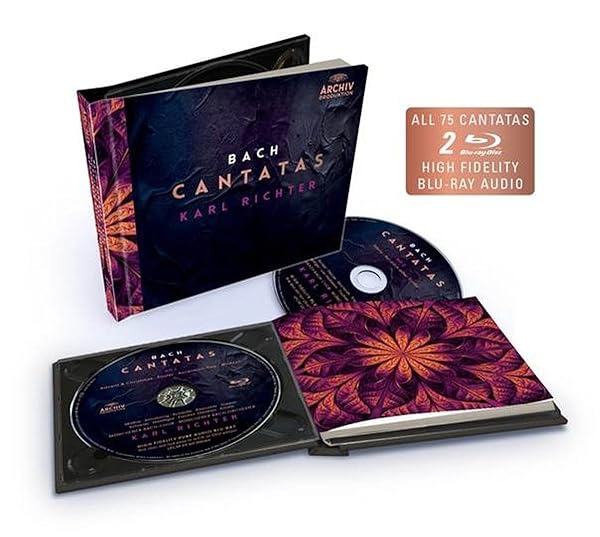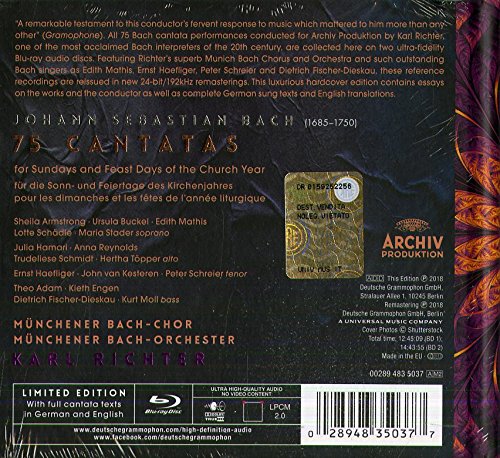My thought are the same. I like the the BRD-A format. It's easier than DVD-A to author/create discs (not that I do this anymore) and it accommodates higher sampling rates. What I find difficult to understand is why Sony didn't permit support for DSD bitstreams!I say, Blu Ray delivery of music is here to stay. At least it better until I croak.
As an experiment, I recently tried adding DSD 'WavePack' encodes into a mux (using TSmuxer GUI) but they were rejected because they were 8-bit and not 24-bit.
Cheers





